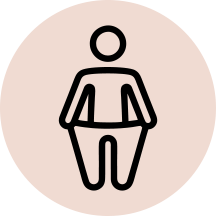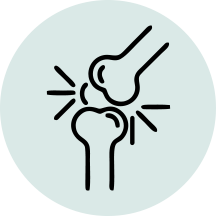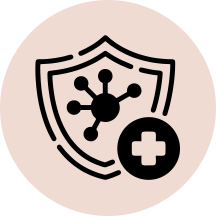Heat stroke is a serious health condition that happens when your body gets too hot and cannot cool itself properly. This usually happens during very hot weather, especially in summer. Normally, our body cools down by sweating. But when the temperature is too high or the air is too humid, the body struggles to stay cool. As a result, the body temperature can go above 104°F (40°C), which is dangerous. It affects the brain, heart, kidneys, and muscles. People working outdoors, children, older adults, and those with health problems are more at risk. Staying under direct sun, not drinking enough water, wearing heavy clothes, or working too much in heat can lead to heat stroke.
Signs and Symptoms to Watch Out For
The symptoms of heat stroke may start with feeling weak, dizzy, or confused. A person may have a very high body temperature, often above 104°F. Their skin may feel hot and dry, though in some cases it can be sweaty. Headache, nausea, and vomiting are also common. In serious situations, the person may faint, become unconscious, or behave abnormally. If heat stroke is not treated quickly, it can damage organs or even become life-threatening. That’s why early signs should never be ignored. If someone shows symptoms of heat stroke, they must be moved to a cool place, given water (if they are awake), and medical help should be called immediately.
Who Is Most at Risk?

Certain people are more likely to get heat stroke. This includes babies, small children, and elderly people, as their bodies cannot control temperature well. People with heart problems, diabetes, or high blood pressure also need to be extra careful. Workers who spend long hours outdoors—like delivery agents, farmers, and labourers—face a higher risk too. Even athletes and gym-goers can suffer if they over-exercise in the heat. If you or someone you know falls into these groups, extra care, hydration, and cooling methods are very important during summer.
How to Stay Safe and Prevent Heat Stroke

The good news is that heat stroke can be prevented with simple steps. During hot weather, try to stay indoors during the hottest hours, usually between 12 noon and 4 pm. Drink water often, even if you are not thirsty. Wear light cotton clothes and use caps, hats, or umbrellas when outside. Avoid alcohol, heavy meals, and too much physical work under the sun. If you work outside, take rest breaks in the shade and carry water with you. Fans, coolers, and open windows can help keep your home cooler. Take 6-8 hours deep sleep. Most importantly, spread this awareness to others—your family, neighbours, and workers around you.
Conclusion

Heat stroke is serious but preventable. By staying cool, drinking enough water, and taking care during hot days, we can protect ourselves and others. Remember to watch for early signs and act quickly if someone shows symptoms. Staying aware and prepared helps keep everyone safe in the heat.
Disclaimer
This article is for general information only. It is not a substitute for medical advice. In case of any emergency or signs of heat stroke, please contact a healthcare professional immediately.
References
1. CDC – Extreme Heat
2. Mayo Clinic – Heat Stroke
3. WHO – Heat and Health



















1 comment
314dmr